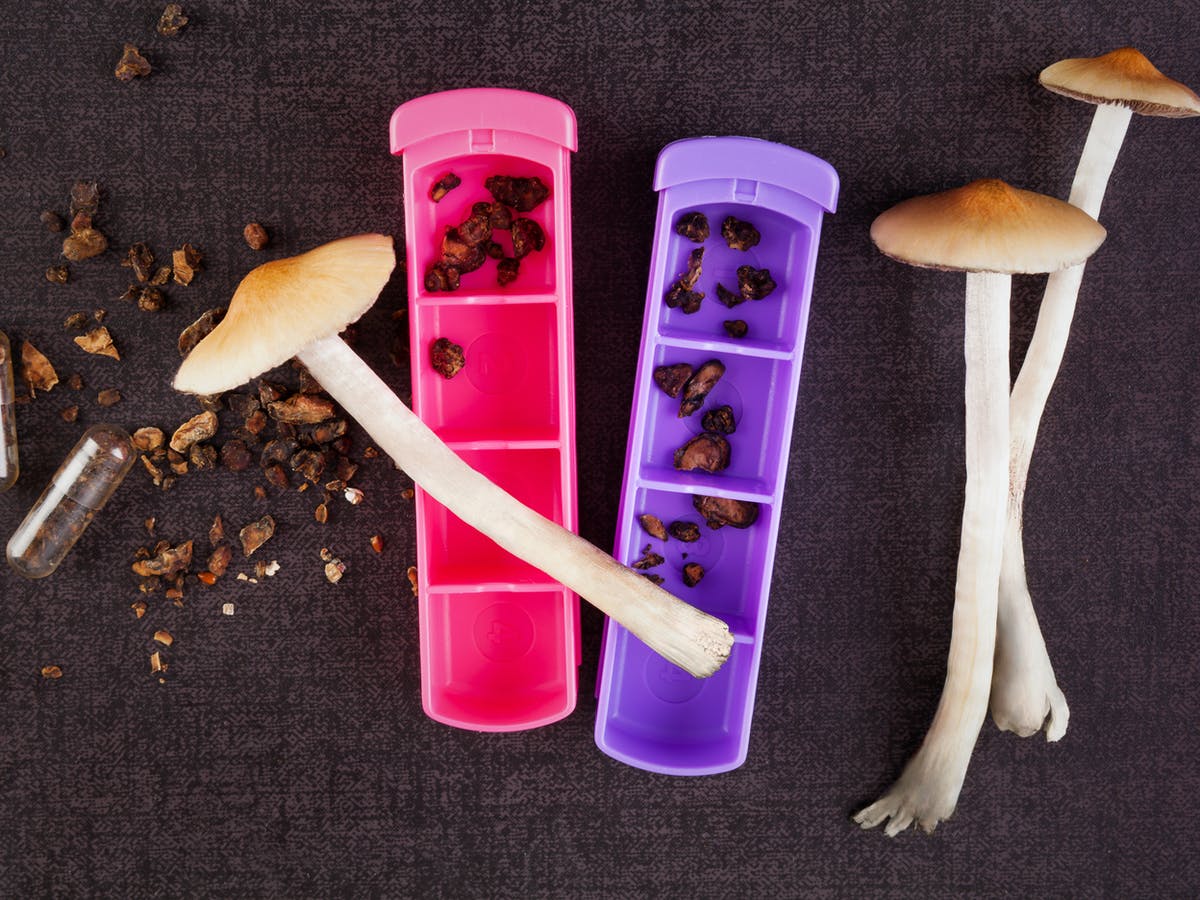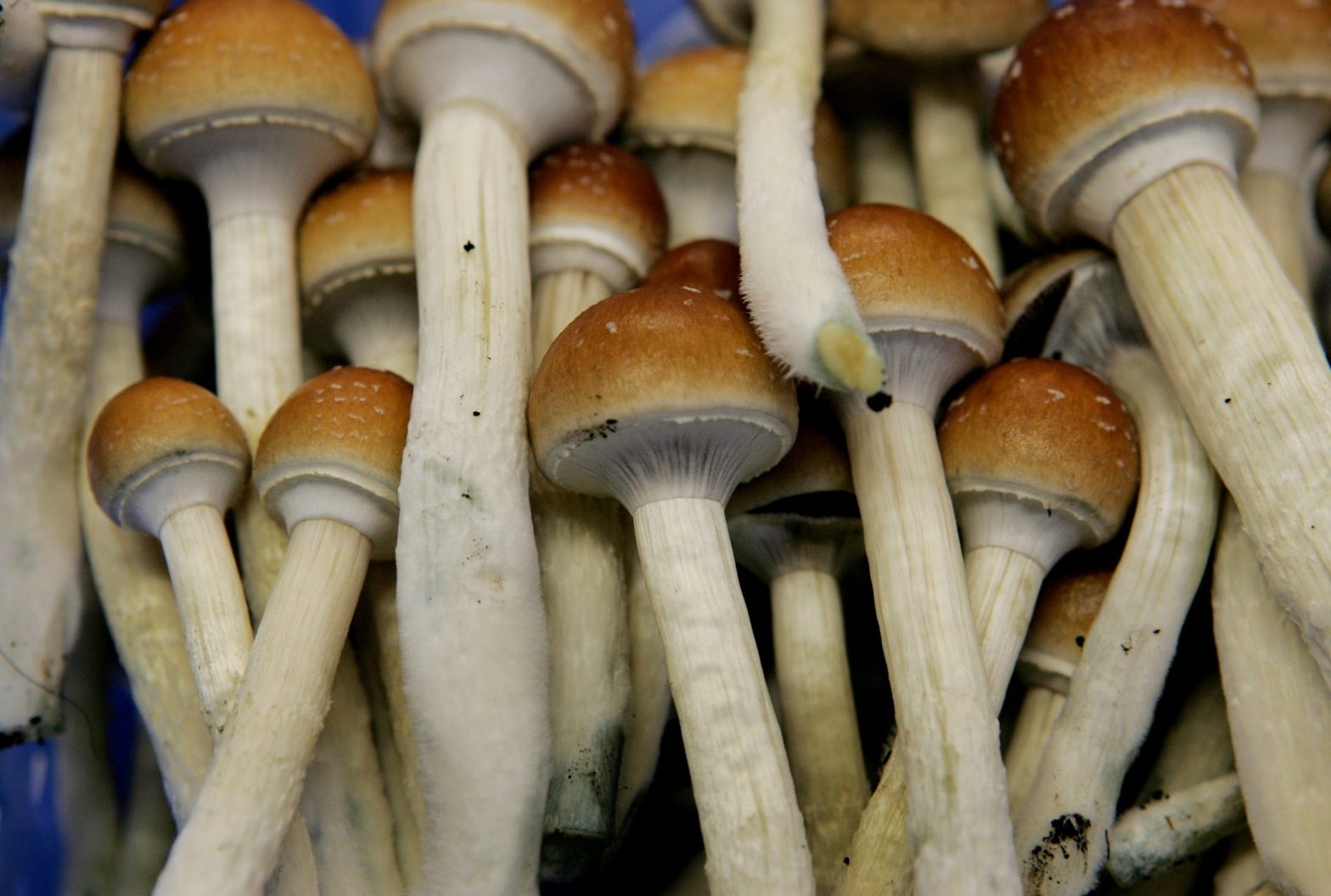The Scott Reagent testing kit is a simple tool that is used for detecting cocaine. The test is conducted in three steps. The first step produces blue precipitates. These are dissolved in the second step, which turns the solution pink and then blue. This is an indication of the presence of cocaine. However, the blue color does not necessarily mean that a substance is totally safe. There are still impurities and unwanted substances that could be harmful to humans if they are consumed.
How to Use the Scott Reagent Testing Kit
To perform the test, you need to place a small amount of the substance into the testing vials. Typically, the amount of substance is 0.010 grams. Once the test is complete, you can put the empty vials in the storage container. This is one of the most time-consuming parts of the test. If you’re not confident with your ability to conduct this test, you can always rely on the instructions included in the Scott Reagent testing kit. There are other testing kits available for you to try as well. Stay safe and spread the information!
Stay Educated and Test Your Cocaine For Purity With the Scott Reagent Test Kit
The Scott reagent test is a presumptive drug detection test. The reagent is made up of two liquids, glycerine and chloroform. After breaking open the first ampoule, the substance will be blue with blue speckles. The second ampoule will be pink, and the third will be clear. The reagent is available in boxes of 10 and is safe to use.
The reagent comes in a pink bottle and is designed to differentiate between Cocaine HCl powder and its base crack. The HCl solution will dissolve into the first ampoule while the base will remain as a blue speck in the pink solution. The results from this test are reliable and accurate – as long as the test is conducted correctly. For this reason, it is important to use gloves and keep the sample away from the reagent for at least 30 seconds after the test. If the reagent gives you a positive result, it probably means that the sample is adulterated. Also, a faint blue reaction may be a false positive.
The Scott reagent is pink and is best for testing cocaine. However, it can also be used for detecting MDPV, a-PVP, and other derivatives. In order to test these drugs, the sample must be kept refrigerated and stored without touching it. Otherwise, the reagent will degrade in time and may produce a false positive result. A faint blue reaction may mean that the sample is adulterated.
Scott Reagent is The Right Tool For Your Testing Needs
When you’re searching for the right reagent for your testing needs, the Scott Reagent is the right tool for you. It is the only reagent that can detect all types of drugs, from cocaine to adulterants. The reagent is only available to law enforcement professionals, so it’s highly recommended for presumptive field tests. This kit also comes with a hazmat sticker.
A Scott reagent test is a preliminary colorimetric method of drug identification. A blue color result indicates that the substance in question is cocaine. But the results of this test are not entirely reliable because some pharmacological products can cause a false positive. In this study, the data on the colorimetric reading of Scott reagent tests was analyzed using Principal Component Analysis, Partial Least Squares Discriminant Analysis, and Support Vector Machine (SVM) discriminant analysis).
A positive test result does not necessarily mean that a substance is safe. Although it will be 100% free from impurities, it will still contain a number of unwanted substances. These impurities can be harmful if consumed. By contrast, a positive test will contain a lot of trace amounts of substances. If you consume a drug, it will not necessarily be completely safe. A positive result does not mean that the drug is harmless.


